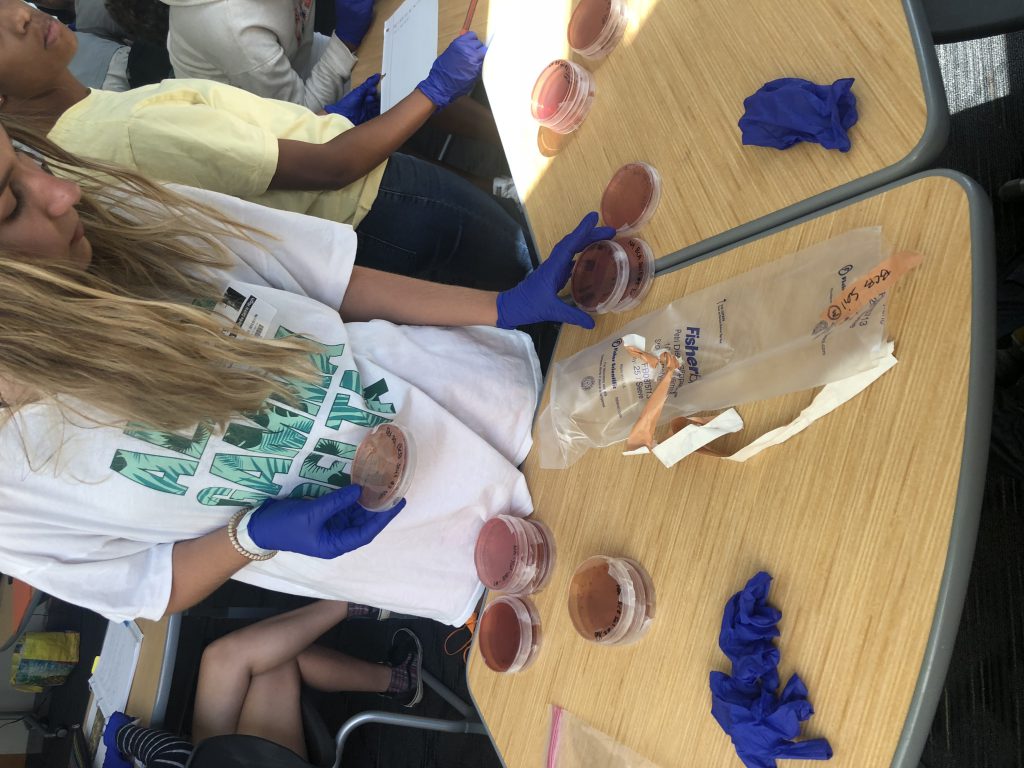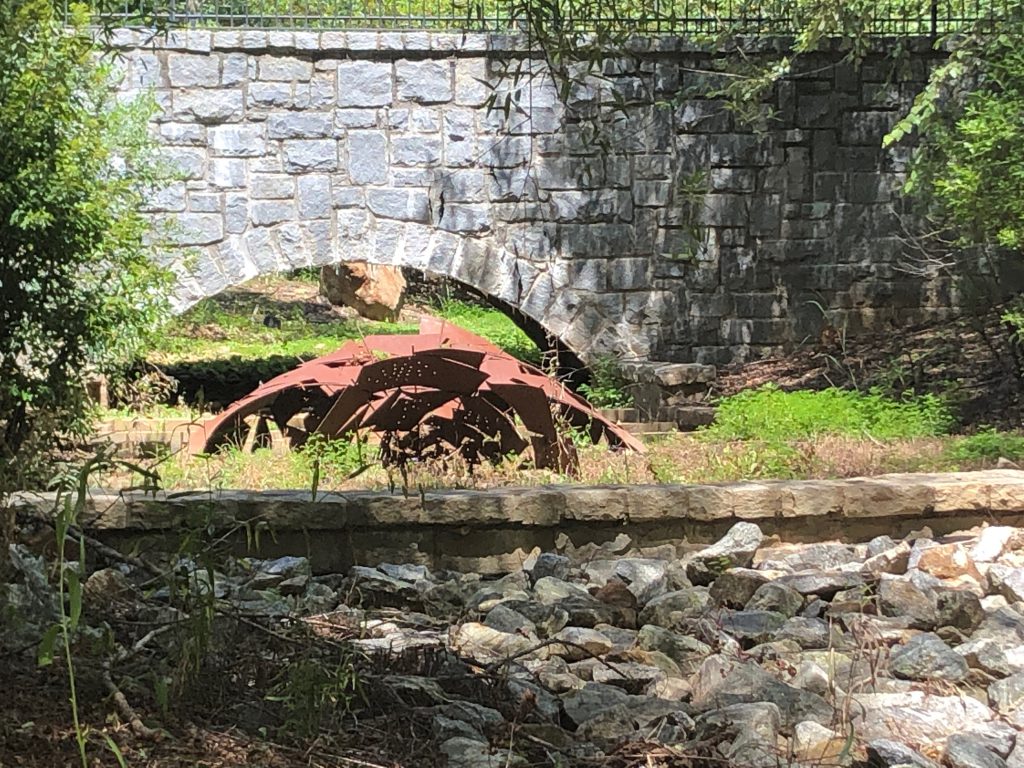Alcoholism, which can also be called alcohol use disorder, affects an estimated 14.1 million adults in the United States (1). It has been linked to different SNPs in 6 main genes, all of which have to do with chemicals or hormones in the brain. OPRM1 and DRD2 are receptors for opioids and dopamine, respectively, while SLC6A3 and SLC6A4 are transporters of dopamine and serotonin. GABRA2 is a GABA receptor gene, and GABA is an inhibitory neurotransmitter. GHSR is the gene that is a receptor for growth hormones (2). The genes linked to alcoholism have to do with the chemical balance of the brain, because imbalance of those chemicals can lead to psychiatric disorders, such as alcoholism. While a person cannot be completely confident that they will develop alcoholism based on the presence of these genes, the genetic predisposition to alcoholism may be a reason to take preventative measures.

To test for alcoholism, I would recommend a SNP chip. If there were a chip with the SNPs that are implicated in the tendency towards alcoholism, it would only cost $300 to determine whether a person has a tendency towards alcoholism. A person may want to get this test if they are concerned about the development of alcoholism in their future. If they get the test, they can make the decision to be proactive about how much alcohol they consume. However, even if the tests are positive, it does not mean that they will definitely develop the disorder; it simply means they are at higher risk because the mutations in their genes make a person more likely to have alcoholism.
Additionally, the studies on some of the SNPs that are considered to be linked to alcoholism have had mixed results. This means that we are not completely sure of the association between the SNP and alcoholism, so there are significant limitations to the degree to which the genetic tests can predict a person’s likelihood of developing alcoholism. Other variants such as the environment that a person lives/grew up in, may impact the likelihood of developing alcoholism as well, and those cannot be predicted by a genetic test (4). If someone tests positive for most of the SNPs that are associated with alcoholism, then they are at a higher risk for developing the disease. However, this still is not a guarantee of them getting it. Any lifestyle changes that a person chooses to implement based on positive results of the genetic tests may be completely unnecessary, and the person would have disrupted their life out of fear of a disease that they may never develop (5).
There is still some debate as to whether alcoholism is genetic or hereditary. If someone in the family has already tested positive for the SNPs that are associated with alcoholism, other members of the family may be at higher risk and should consider getting tested if they are worried about developing the disease; however, this is not a guaranteed correlation. If a person does test positive for the associated SNPs, they should monitor their alcohol consumption carefully, and perhaps ask a trusted friend or family member to keep them accountable. If the person wants to take prevention very seriously, or if they have had issues with addiction in the past, they could give up the drug altogether. The person should share the results of the test with their doctor in order that their doctor can make decisions regarding treatment plans with addictive medications, because addition to alcohol is often associated with other addictions.
Overall, people who are very concerned about the possibility of developing alcoholism in their future could complete a genetic test that shows whether they have SNPs in their genes that are consistent with those linked to alcoholism. However, they must bear in mind that even if they undergo the genetic testing and test positively, they may not develop the disease, and vice versa. Genetic testing for alcoholism has its limits, and one cannot take the test and expect its results to be a guarantee of whether or not they will develop the disease.
“Alcohol Facts And Statistics.” National Institute On Alcohol Abuse And Alcoholism (NIAAA), https://www.niaaa.nih.gov/publications/brochures-and-fact-sheets/alcohol-facts-and-statistics. Accessed 4 Dec. 2019.
Alcoholism – SNPedia. https://www.snpedia.com/index.php/Alcoholism. Accessed 4 Dec. 2019.
“Effects Of Alcohol On The Body And The Brain – Alcohol Rehab Guide.” Alcohol Rehab
Guide, https://www.alcoholrehabguide.org/alcohol/effects/. Accessed 4 Dec. 2019.
“Is Alcoholism Hereditary Or Genetic?” American Addiction Centers, https://americanaddictioncenters.org/alcoholism-treatment/symptoms-and-signs/hereditary-or-genetic. Accessed 4 Dec. 2019.
“What Are The Risks And Limitations Of Genetic Testing?” Genetics Home Reference, https://ghr.nlm.nih.gov/primer/testing/riskslimitations. Accessed 4 Dec. 2019.



